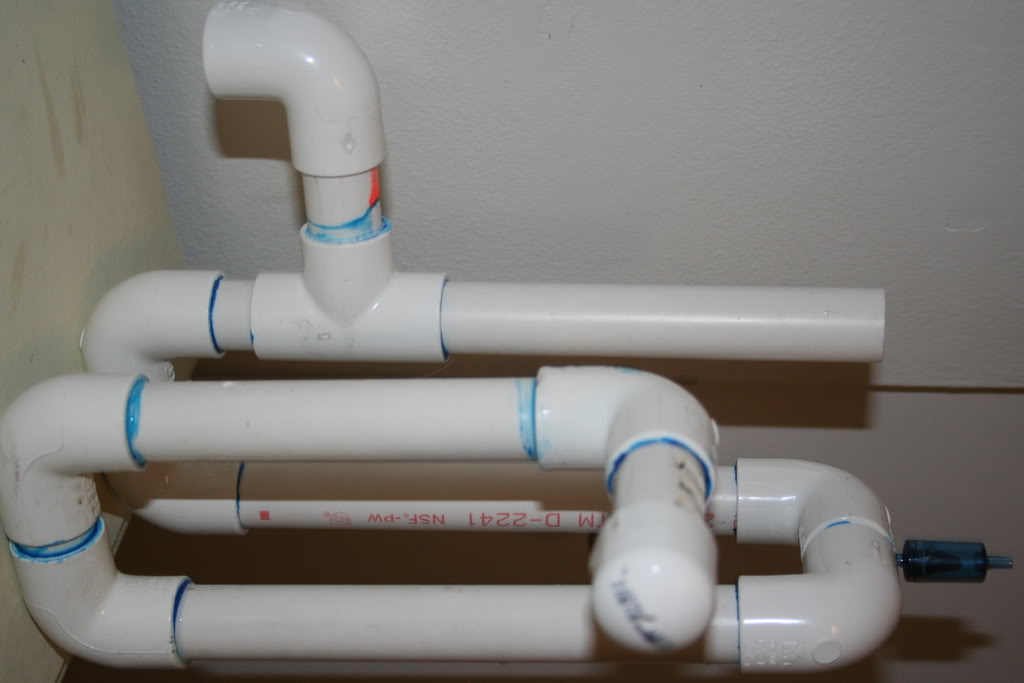nanoluvr
Aquarium Advice Freak
I saw this thread, and am going to build it in the next week for my buddy's 58 gal. Looks like it works good for the author of the thread I got it from, and way cheaper than the $100 + overflows from retailers!
Thw water gos in through the little slots on the top...it's sitting sideways in the pic, lol, and it has a little check valve in the top.
Supposed to not lose syphon in power outage.
Does anyone have any recomendations on a float switch that will can be installed in the sum,p to prevent overflow? And also, any suggestions on wiring it up?

Thw water gos in through the little slots on the top...it's sitting sideways in the pic, lol, and it has a little check valve in the top.
Supposed to not lose syphon in power outage.
Does anyone have any recomendations on a float switch that will can be installed in the sum,p to prevent overflow? And also, any suggestions on wiring it up?


